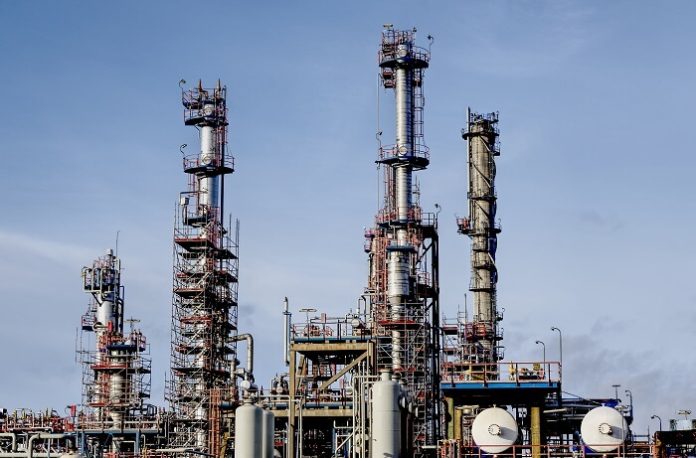Oil marketing companies (OMCs) are set to boost crude oil refining capacity by 35-40 million tons (MT), aiming to reach approximately 295 MT by the close of fiscal 2030. The expansion is intended to meet growing domestic demand, with current capacities nearing full utilization.
To achieve this, an estimated capital expenditure of Rs 1.9-2.2 lakh crore will be required, largely driven by brownfield expansions. The projects are expected to carry minimal risk, supported by stable returns, bolstering the credit profiles of OMCs.
As reported by CRISIL ratings, between fiscal 2014 and 2024, India’s refining capacity grew by 42 MT, rising to 257 MT, primarily to meet rising domestic demand, while exports remained consistent at 60-65 MT.
Domestic petroleum consumption saw a compound annual growth rate (CAGR) of 4% over the decade. Transport fuels, which account for about 56% of consumption, also grew at a 4% CAGR, while naphtha, representing 7% of consumption, recorded 2% growth. Other products such as liquefied petroleum gas (LPG) and bitumen collectively grew by 4%.
AnujSethi, Senior Director at CRISIL Ratings informed that overall consumption of petroleum products is expected to grow at a slightly lower pace, registering around 3% CAGR over the next six years.
The deceleration in transport fuel consumption, growing at 2-3%, will largely be due to improved fuel efficiency, the increasing presence of vehicles using alternative fuels, and India’s target of blending 20% ethanol with petrol by 2026.
For diesel, which makes up 40% of transport fuel consumption, growth is anticipated to slow to 2-2.5% CAGR. This is largely attributed to the rise of electric vehicles and natural gas usage in commercial vehicles, particularly buses.
Similarly, petrol consumption is likely to be curbed due to the rise in electric two-wheelers and compressed natural gas (CNG) passenger vehicles. The growing adoption of ethanol blending will further decrease petrol demand.
On the other hand, naphtha demand is forecasted to experience robust growth, with a 6-7% CAGR, spurred by planned petrochemical capacity expansions in India.
Joanne Gonsalves, Associate Director at CRISIL Ratings, noted that most of the capacity additions will be brownfield expansions, helping to mitigate project risks.
Between fiscals 2016-2024, refiners managed to achieve returns of $9-11 per barrel, translating into a return on investment of 12-14%, despite volatile oil prices. The strategic importance of the sector to the government further strengthens its outlook.
Additionally, OMCs may explore further capacity expansion in tandem with their petrochemical initiatives, aiming to diversify their business portfolio. The success of these investments and returns will be critical to watch.
































